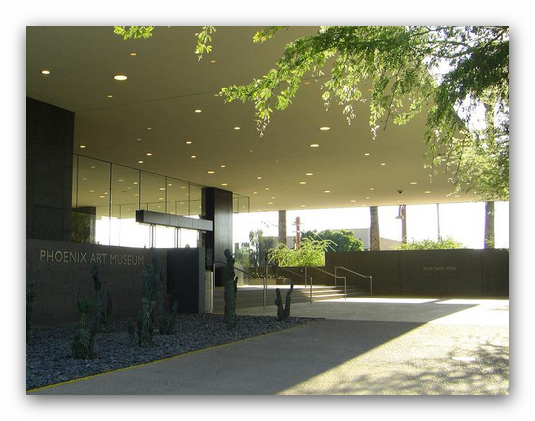Jan 17 2016 - Mar 17 2016
Phoenix, AZ
Twenty-six rare drawings from the renowned collection of the Casa Buonarroti in Florence, Italy, comprise one of the most important Michelangelo exhibitions in America in nearly three decades. The Casa Buonarroti, once owned by the artist, is the world’s largest repository for Michelangelo’s drawings, architectural studies, and memoirs.
The images in Sacred and Profane are memorable figurative studies and architectural drawings by the hand of Michelangelo. Included is one of Michelangelo’s most admired and complete drawings, the large Madonna and Child. Additional images include preparatory drawings for later paintings. The Head of the Madonna is a study for his painting Doni Tondo, and the sublime sketch of the Head of Leda was made for Leda and the Swan, a painting now lost and known today only through copies.
A renowned sculptor and painter in his own time, Michelangelo’s legacy was no less monumental as an architect. Highlighted in the exhibition are several of his innovative architectural plans. Among them are drawings for the Façade of San Lorenzo in Florence, and his innovative Plan for the Church of San Giovanni dei Fiorentini in Rome. These works help demonstrate Michelangelo’s lasting influence on architecture, and scholar Adriano Marinazzo considers these designs to
be “among the most fascinating architectural projects of the entire Renaissance.”
Whether or not you can make it to the exhibition, you might find one of the books in the adjacent list rewarding. For example, Michelangelo Drawings: Closer to the Master, written by a distinguished art historian, Hugo Chapman, considers more than 250 of Michelangelo's drawings executed in chalk, charcoal, and pen and ink. Chapman discusses how the act of drawing figured prominently in Michelangelo’s work, underscoring his stature as a sculptor, painter, architect, and draftsman. The author considers everything from the artist’s training to his choice of technique to his frugal use of paper. Organized chronologically, the book looks at Michelangelo’s early development in Florence and Rome, his accomplishments as papal artist for the Sistine Chapel ceiling with its myriad preparatory studies, and his drawings for the tomb of Julius II, the Medici tombs, the Laurentian library, and the Last Judgement. The fascinating history of the fate of Michelangelo’s drawings after his death is also explored in detail.
Exhibition Venues & Dates
Jan 17 2016 - Mar 17 2016
Phoenix, AZ

